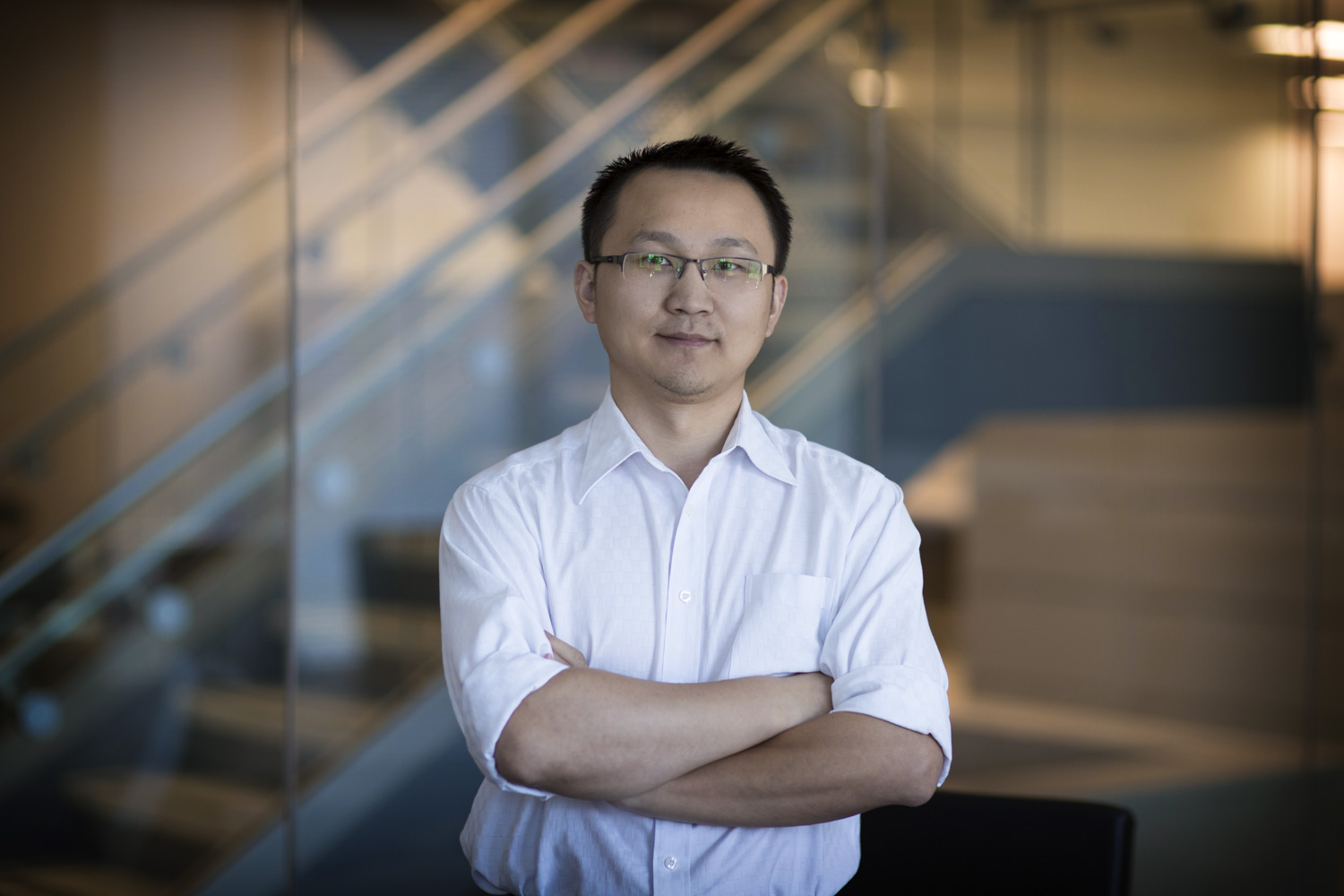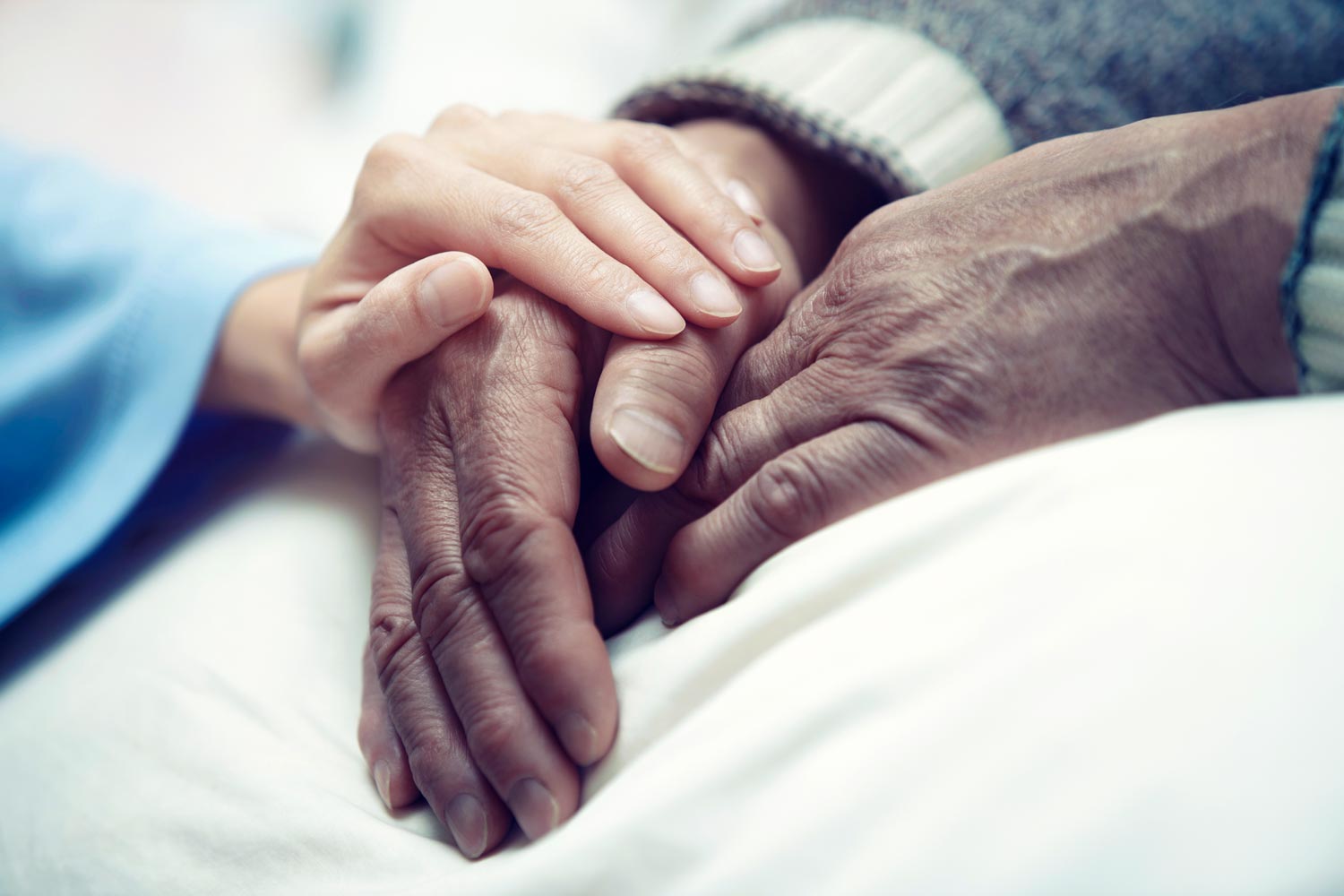There is a tremendous disparity between the need for home-based medical care and the number of frail seniors actually receiving it, a new study finds. In many rural areas, the problem is so great that the researchers label it “remarkable.”
“Most homebound seniors have not received medical care at home,” said Nengliang “Aaron” Yao of the University of Virginia School of Medicine. “More medical house call programs are needed.”
Suffering Seniors
To determine the use of home-based medical care, the researchers looked at Medicare claims from 2011 to 2014. About 7 percent of Medicare patients are considered “frail,” based upon a scoring system that measures the number and severity of their health impairments. Among these older, frail patients, only about 9 percent received medical care at home in 2011. Although there was a small increase in the use of home-based medical care between 2011 and 2014, the majority of eligible, home-limited patients did not receive medical care at home.

UVA’s Nengliang “Aaron” Yao and colleagues found a “remarkable” gap between the supply of, and demand for, home health care for frail seniors. (Photo by Dan Addison, University Communications)
Some of the study’s findings:
- Only 2 percent to 4 percent of rural Medicare recipients received home-based medical care. Rural residents were 78 percent less likely to receive home-based care than people in the largest metropolitan county.
- Men were 24 percent less likely to receive home-based care than women.
- Asians were 31 percent less likely to receive home-based care than whites, while African-Americans were 21 percent more likely to receive it than whites.
- Michigan, Florida and Arizona had the highest percentages of Medicare beneficiaries who received home-based medical care. All had rates higher than 20 percent.
- Vermont, Idaho, Wyoming, Iowa, Louisiana, Arkansas, South Dakota, Mississippi and North Dakota had the lowest percentages, less than 5 percent.
Overall, the researchers noted, the number of medical home visits increased approximately 17.5 percent between 2011 and 2014. The relative use increase was 29 percent for Hispanics, 18 percent for Asians, 16 percent for whites and 5 percent for African-Americans.
However, those increases were vastly outstripped by the need for such care, a need that, in many cases, went unmet.
Fixing the Problem
The researchers propose several suggestions to address the troubling disparities. For example, telemedicine, such as offered across Virginia by the UVA Health System, can help increase rural residents’ access to doctors – particularly specialists, who may be in short supply locally – by connecting them electronically. “Effective use of technology,” the researchers note, “has the potential to reduce the frequency of home visits and make [in-home care] more available in rural communities.”
They also note that the U.S. health care system desperately needs more in-home care providers. Improved payments for such services would help, they say.
In addition, targeted interventions are needed to address specific obstacles, such as language barriers and longstanding social stigma about men seeking help.
“Most of us agree that the bedrock of clinical care is human connection,” said Yao, of UVA’s Department of Public Health Sciences. “Visiting the sick at home re-humanizes care for frail patients.”
Findings Published
The researchers have published their findings in the Journal of the American Geriatrics Society. The research team consisted of Yao; Dr. Christine Ritchie of the University of California, San Francisco; Dr. Thomas Cornwell of the Home Centered Care Institute; and Dr. Bruce Leff of Johns Hopkins University.
To keep up with the latest medical research news from UVA, subscribe to the Making of Medicine blog.
Media Contact
Article Information
November 12, 2018
/content/study-frail-seniors-going-without-desperately-needed-home-health-care

